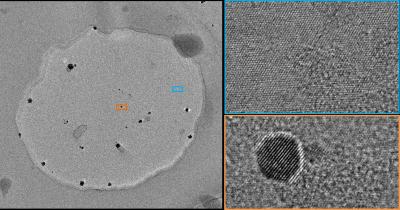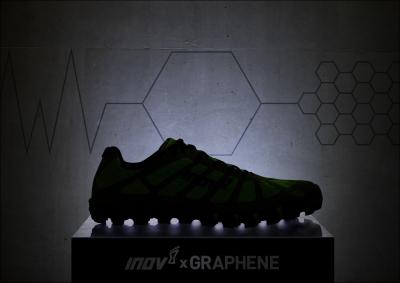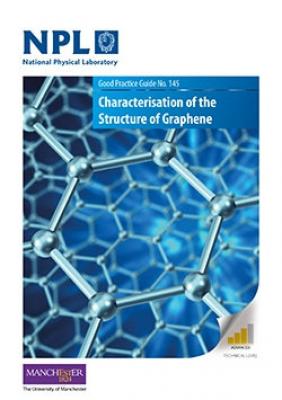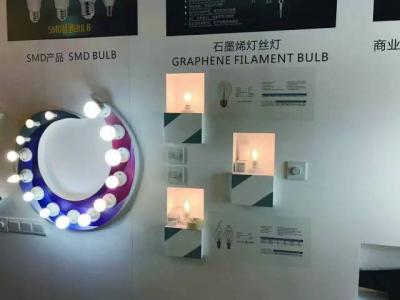NGI and ATI release a joint paper on the potential of graphene in aerospace
The Aerospace Technology Institute (ATI) and the National Graphene Institute (NGI) at The University of Manchester have published a joint paper on the potential of graphene in aerospace, or more precisely the potential market opportunities available to UK aerospace companies. Organizations that also worked on the paper included the University of Central Lancashire, the Center for Process Innovation, QinetiQ, Morson Projects Limited and Haydale with input from Ekosgen.
The safety and performance properties of aircraft could be significantly improved by incorporating atomically-thin graphene into existing materials used to build planes, while the reduced weight of the material could have a positive impact on the fuel efficiency of the aircraft and, as result, the environment.






